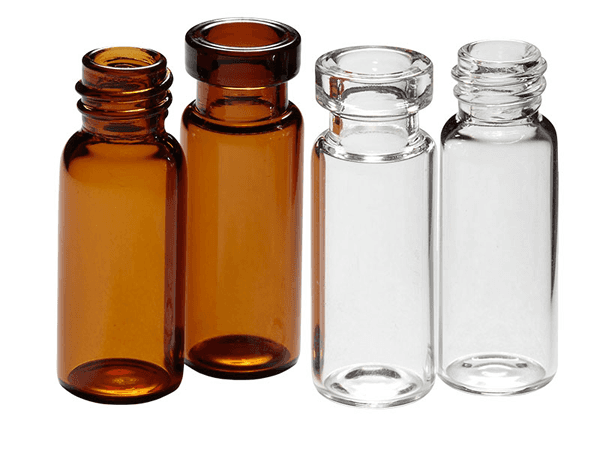Source: Link Testing Instruments Co.,Ltd.

I. Glass Container Internal Pressure Resistance Testing: A Critical Barrier to Pharmaceutical Packaging Material Safety
The quality of pharmaceutical packaging materials is directly related to medication safety, with the physical strength of glass containers being a key indicator. Internal pressure testing, conducted in accordance with the national pharmaceutical packaging material standard YBB00172003-2015, "Glass Container Internal Pressure Resistance Test Method," is a key method for evaluating the ability of glass bottles, ampoules, and other materials to withstand internal pressure. It is crucial for preventing pressure-induced breakage and leakage during transportation, storage, or use, and serves as a fundamental line of defense for ensuring drug stability and patient safety.
II. Analysis of the Core Requirements of the YBB00172003-2015 Standard
This standard provides an authoritative and unified test method for the internal pressure resistance of glass containers. Key requirements include:
III. Link Testing LTGPT-02 Glass Bottle Internal Pressure Tester Specifications
The GPT-02 Glass Bottle Internal Pressure Tester, independently developed and manufactured by Link Testing Instruments Co., Ltd., is a professional device that meets the YBB standard. Key technical specifications are as follows:
|
Technical parameter |
LTGPT-02 | Explanation |
| Pressure range | 0.5 ~ 7MPa | Meets common glass container testing needs |
| Resolution | 0.001 MPa | High-precision pressure display |
| Test station | Single station | Standard configuration |
| Control method | Computer control + touch screen | Easy and intuitive operation |
| Data Management | Automatic storage and report printing | Meet GMP requirements |
| Safety protection | Overpressure protection and protection cover |
Ensure operator safety |
The equipment is precisely designed and features stable and accurate pressure rise rate control, effectively ensuring that the testing process strictly complies with YBB standards and that the test results are reliable. It is suitable for pharmaceutical companies, pharmaceutical packaging material manufacturers, and quality inspection agencies to conduct quality control and delivery inspections on the internal pressure resistance of glass containers of different specifications.
IV. Conclusion
Strictly adhering to the YBB00172003-2015 standard for glass container internal pressure resistance testing is an essential component of the pharmaceutical packaging material quality control system. Selecting reliable testing equipment that meets standard requirements provides a solid guarantee for the sealing integrity and transportation safety of pharmaceutical packaging.
For more details please visit www.linktesting.org